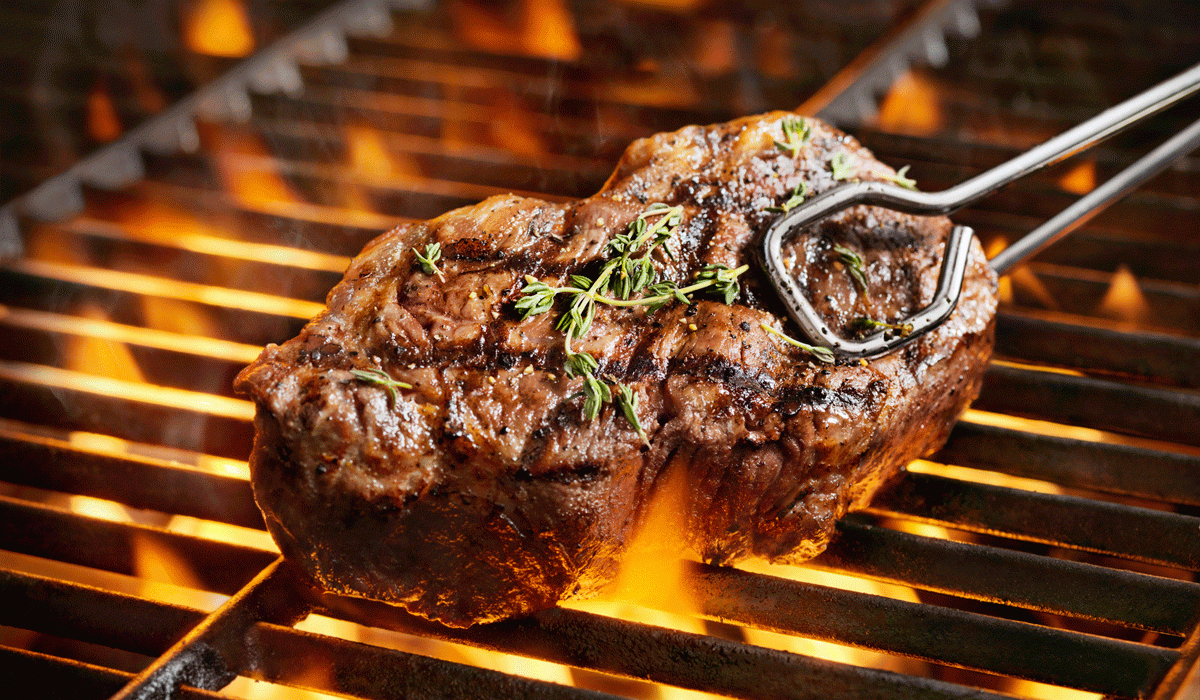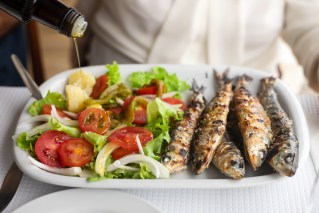High iron levels isn’t all good news, study finds


Beef is the highest source of iron – but studies show Aussies are eating too much red meat. Photo: Getty
It’s acknowledged high iron levels counteract anaemia, but new research has revealed super-high iron levels can cause health problems of their own.
High iron levels increase the risk of developing bacterial skin infections, and when the body stores excess iron, it can prompt extreme adverse outcomes like liver disease, heart problems and diabetes.
The news comes out of a joint study from the Imperial College London, the University of South Australia and University of Ioannina, released on Friday.
It paints a different picture of the commonly held belief that high iron levels automatically equal health.
Drawing on data from about 500 UK residents, the study discovered elevated levels could contribute to the development of cellulitis and skin abscesses.
While medical research has forged the link between the bacteria and iron, this study was the first to use population data to back up the relationship.
Study authors were hesitant to recommend high or average iron levels, but pointed out the strong correlation between excess iron levels and a decreased risk of high cholesterol levels.
High cholesterol is a major component in cardiovascular disease and stroke, which cause 2.6 million global deaths annually, said University of South Australia geneticist Beben Benyamin.
“We used a statistical method, called Mendelian randomisation that employs genetic data to better estimate the causal effect of iron status on 900 diseases and conditions. Through this, we found a link between excess iron and a reduced risk of high cholesterol,” Dr Benyamin said, who is the first joint author of the research paper.
So what do we eat?
Recent research has found Australians (who eat meat) consume an average of 81 grams of red meat – the richest source of iron – per day.
That’s vastly at odds with the national nutritional recommendation of 65 grams a day.
It’s recommended that women (pre-menopause) need about 18 milligrams of iron a day, and men just eight milligrams. Beef holds about 3.3 milligrams in every 100 grams.
But there’s iron sources beyond beef: 100 grams of chicken will give you between 0.4 and 0.9 milligrams, and pork 0.7 milligrams.
Cooked kidney beans (100 grams) have 1.7 milligrams of iron, and the same amount of lentils dish up 2.37 milligrams.








